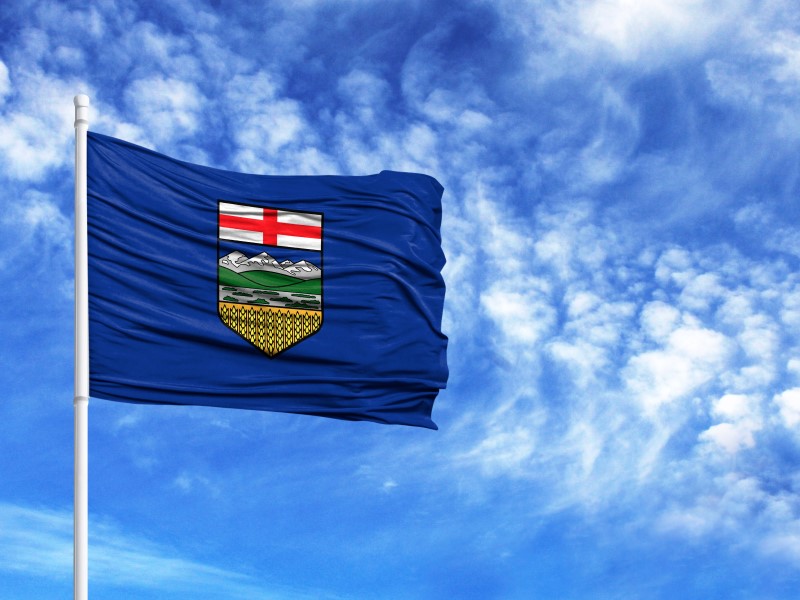

Pension spending alone supported more than 41,000 jobs across Alberta and contributed more than $4.4 billion to the province’s gross domestic product in 2021, according to a new report by the Canadian Centre for Economic Analysis.
This is equivalent to $14.40 of GDP for every $10 of retirement benefit payments received in 2021.
The report found the Alberta Teachers’ Retirement Fund, the Local Authorities Pension Plan, the Public Service Pension Plan and the Special Forces Pension Plan’s retirement benefits accounted for 27 per cent of all private retirement income in Alberta in 2021.
“We’ve always known large public pension plans like LAPP contribute economically and socially to the local communities in which our members work and retire,” says Chris Brown, president and chief executive officer of LAPP Corp. “The research conducted with CANCEA and other Alberta plans allowed us the opportunity to quantify that contribution and make the data available to everyone.”
Read: 30% of Canadians relying on workplace pension as primary source of retirement income: survey
A total of 401,500 pension plan members live in Alberta — this includes 117,000 retired members who are receiving pension payments, 241,600 who are currently contributing to the plans and 42,900 deferred members who aren’t retired but aren’t currently contributing.
Together, the plans’ operations and investments supported more than 2,700 jobs in Alberta (six per cent of the total contribution of the plans) and more than $400 million in GDP, according to the report. The plans’ real estate and infrastructure investments provided 2,700 homes, 8.3 million square feet of office and retail properties and 6.5 million square feet of industrial properties. In addition, their energy investments provide gas to households in more than 90 communities in the province.
Economic activity supported by the plans totalled $4.8 billion, representing about 1.5 per cent of the Albertan economy. The plans’ retirement benefits were an important source of income for rural regions, comprising at least 23 per cent of the province’s private retirement income.
“[This] is a testament to just how important a stable and secure income in retirement is to all Albertans, not just the members and employers we serve,” says Brown.
The report also found the plans’ activities support more than 43,700 jobs (two per cent of jobs in Alberta) and $2.2 billion in total wages. Of the people whose employment is supported, nearly 12,000 are filled by people under age 30 (27 per cent of all jobs). The industries that were the largest source of these jobs included retail (8,000), accommodation and food services (5,400) and the manufacturing sector (4,400).
Read: Alberta seeking feedback on private sector pension legislation
